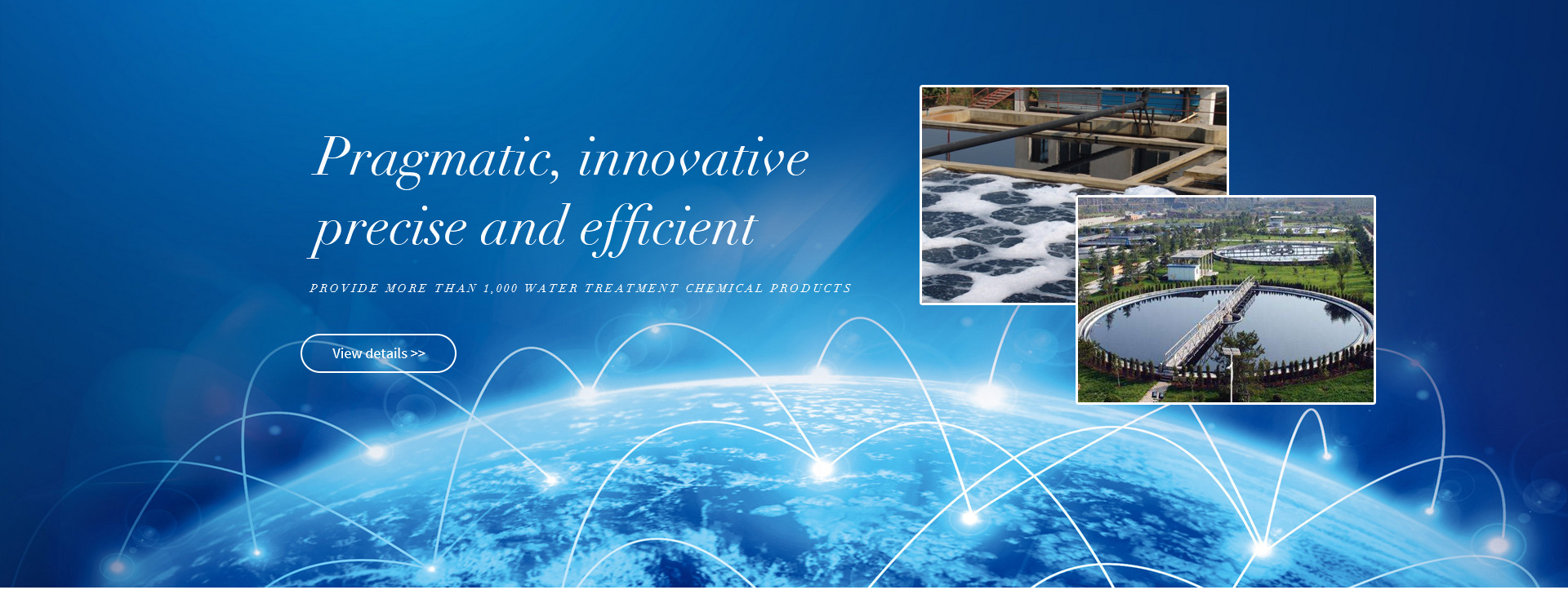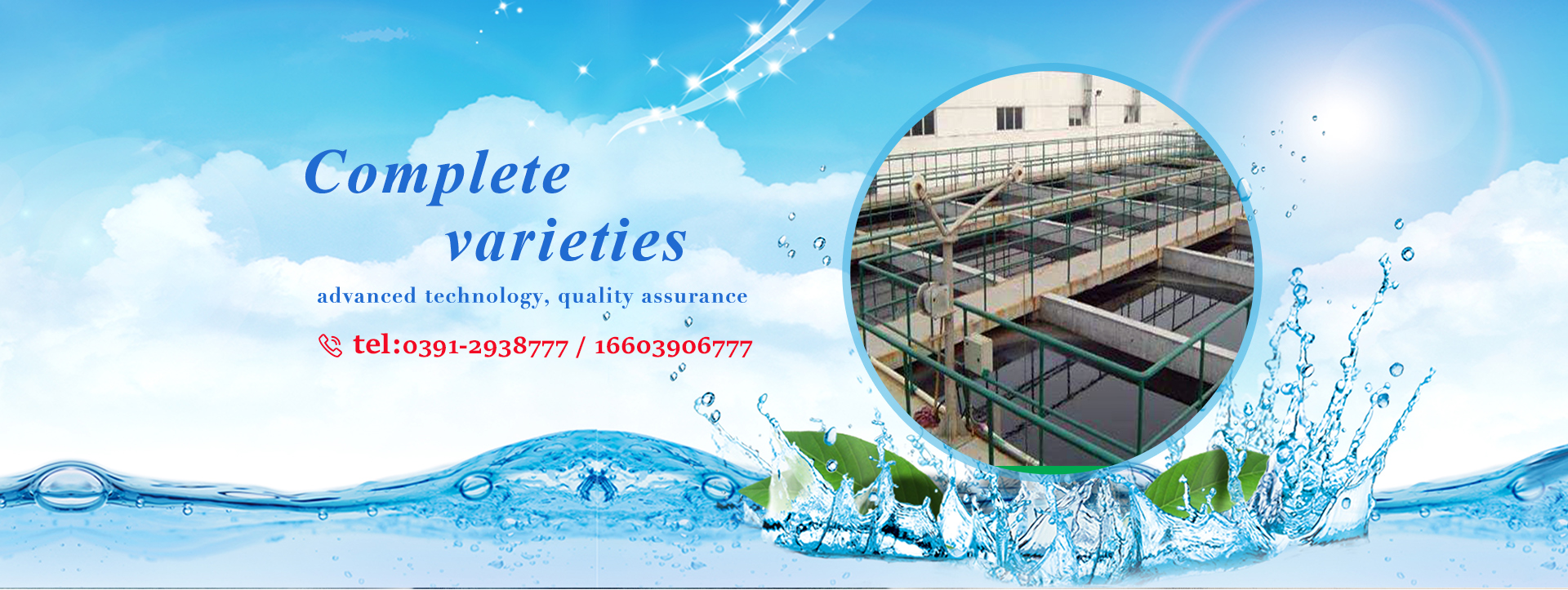Laboratory polyacrylamide manufacturer's determination of the degree of pam hydrolysis
Laboratory polyacrylamide manufacturers can determine the degree of hydrolysis of PAM, which can be determined by mastering general knowledge. When the compatibility of polyacrylamide and water reaches equilibrium, the ratio of the number of molecules of hydrolyzed PAM to the total number of molecules of PAM dissolved in the solution is called the degree of hydrolysis of PAM. The anion, non-cation and cationic polyacrylamide hydrolysis reactions generally go through two stages. In the first stage, the curve is steeper and the reaction speed is faster; after a certain degree, the second stage is entered, the curve becomes slower, the reaction speed decreases, and the degree of hydrolysis only changes slowly with time. The intersection of the two stages is the turning point. Under certain hydrolysis conditions, there is a one-to-one relationship between the degree of hydrolysis and the hydrolysis time.
Polyacrylamide is easily hydrolyzed into polyacrylic acid partial hydrolysate containing carboxylic acid groups in alkaline aqueous solution. Micro-spectrum technology was tested by standard polyacrylamide hydrolysis degree determination method and found that the hydrolysis rate was faster from the beginning of the reaction to the 50% conversion of the amide group, and then was significantly slowed down due to the effect of the radical. The hydrolysis reaction rate and conversion rate are related to the alkaline strength, generally NaOH>Na2CO3>NaHCO3. For example, heating the aqueous solution of polyacrylamide under the condition of excess sodium carbonate can hydrolyze the polymer with a molar fraction of 30%, while the excess NaOH can make the hydrolysis rate of polyacrylamide reach a molar fraction of 70%. But if you want to get a polymer with a higher degree of hydrolysis, you can only make it by copolymerization.
The technical standards of polyacrylamide PAM are as follows:
Solid content ≥90%;
Relative molecular mass: 2 million~15 million;
Dissolution time ≤1h;
Residual monomer ≤0.1%;
Degree of hydrolysis 15%~30%.
Actually, the polyacrylamide manufacturer's agent who is experienced in the laboratory will know the approximate degree of hydrolysis, and no experiment is needed. Regarding the precise degree of hydrolysis of polyacrylamide, we think that it can be calculated by a very professional person, which is time-consuming and labor-intensive, and we generally only need to infer it roughly.









